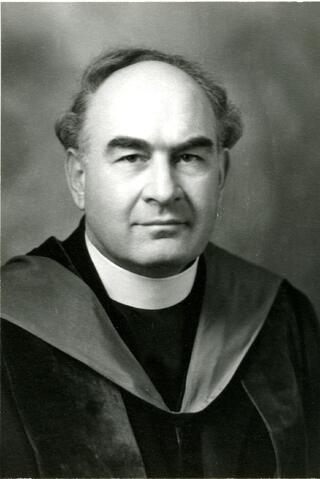
Title and statement of responsibility area
Titel
Dr. Edmund H. Oliver - Portrait
Algemene aanduiding van het materiaal
- Graphic material
Parallelle titel
Overige titelinformatie
Title statements of responsibility
Titel aantekeningen
Beschrijvingsniveau
Stuk
archiefbewaarplaats
referentie code
Editie
Editie
Edition statement of responsibility
Class of material specific details area
Statement of scale (cartographic)
Statement of projection (cartographic)
Statement of coordinates (cartographic)
Statement of scale (architectural)
Issuing jurisdiction and denomination (philatelic)
Datering archiefvorming
Datum(s)
-
1920 (Vervaardig)
Fysieke beschrijving
Fysieke beschrijving
1 photograph : b&w ; 17 cm x 12 cm
2 photographs : b&w : 14 cm x 9.5 cm
Publisher's series area
Title proper of publisher's series
Parallel titles of publisher's series
Other title information of publisher's series
Statement of responsibility relating to publisher's series
Numbering within publisher's series
Note on publisher's series
Archivistische beschrijving
Naam van de archiefvormer
Geschiedenis beheer
Bereik en inhoud
Head and shoulders image of Dr. Harry Oliver, first Professor of History and Economics, 1909-1914.
Bio/Historical Note: Born in Eberts, Kent County, Ontario in 1882, Edmund Henry Oliver received his BA from the University of Toronto in 1902. He went on to earn an MA the following year, before earning his PhD in 1905. Upon the request of Dr. Walter Murray, founding president of the University of Saskatchewan, Dr. Oliver came to Saskatoon to help establish the university and, a few years later, the Presbyterian Theological College (later known as St. Andrew’s College). He returned to Toronto in 1910 to earn a Doctor of Divinity degree before returning to teach history at the newly founded University of Saskatchewan. He was appointed in 1913 by the Presbyterian General Assembly of Canada to serve as the first president of the Presbyterian Theological College. Dr. Oliver was deeply committed to the integration of theological education into the broader academic environment and post-secondary community. Under his leadership the new college began plans to build and move into a new location on campus. At the outbreak of the First World War, Dr. Oliver enlisted as a military chaplain. Stationed mainly in France, he continued to be a proponent of education, establishing the University of Vimy Ridge, consisting of reading rooms for soldiers who were on leave. Dr. Oliver rode his bicycle out to the front lines in order to provide books and classes to the infantry. He believed that this would allow those who survived to return to Canada and be leaders in their communities and society. After the war Dr. Oliver continued his work in theological education and became involved in the church union debates between the Presbyterian, Methodist and Congregational churches which would lead to the formation of the United Church of Canada in 1925. He was greatly influenced by the social gospel movement and served on two Royal Commissions: one to establish farming co-operatives and credit systems, and the other to create a liquor control board. Dr. Oliver saw his life work as one of service on the new frontiers of Canada, and during his time as Moderator of the United Church from 1930 to 1932, he lived into that, travelling across the country during The Great Depression urging people to donate clothing and food to those who needed it. He died in 1935 at the age of 53, while working with youth at a summer camp. Dr. Oliver is buried in Woodlawn Cemetery in Saskatoon.
Aantekeningen
Materiële staat
Directe bron van verwerving
Ordening
Taal van het materiaal
Schrift van het materiaal
Plaats van originelen
Beschikbaarheid in andere opslagformaten
Restrictions on access
Termen voor gebruik, reproductie en publicatie.
Copyright: Public Domain
Toegangen
Associated materials
Aanvullingen
Algemene aantekening
One photograph annotated: "Christmas Greetings 1920".
Location note
Vol. 24

